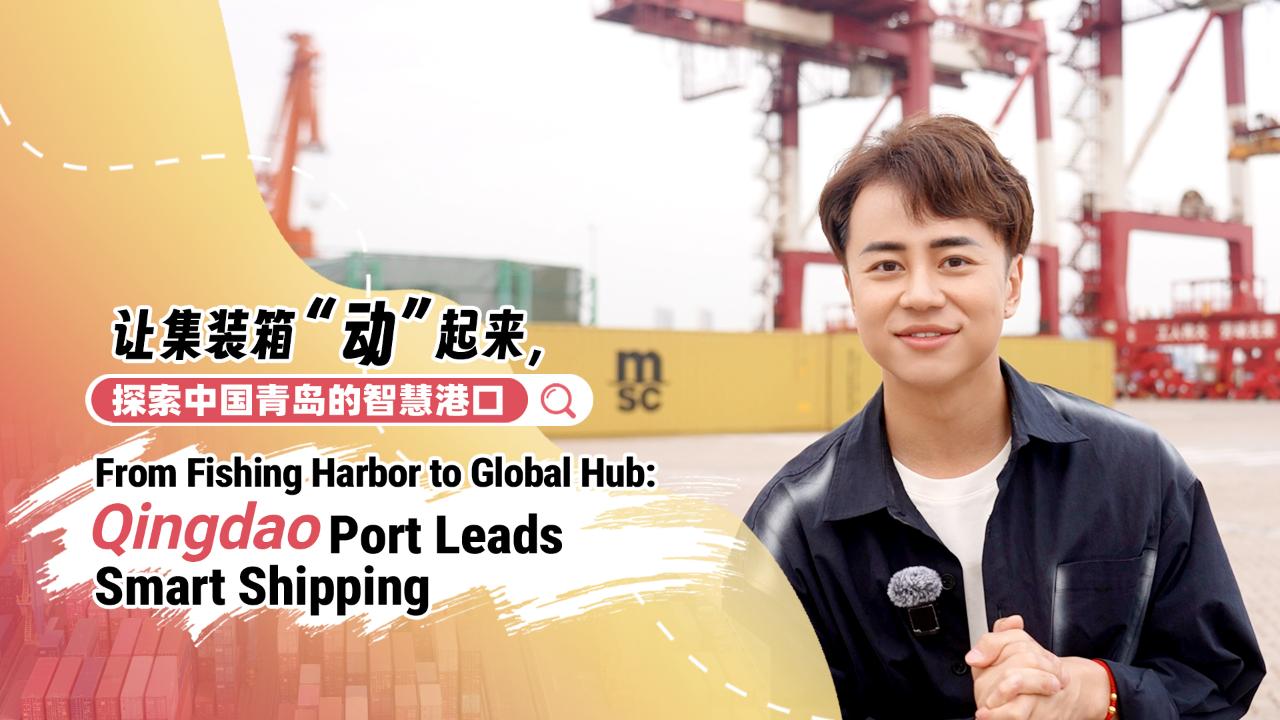Qingdao Port Transforms from Fishing Harbor to Global Smart Shipping Hub
Qingdao Port transforms from fishing harbor to leading global smart shipping hub, revolutionizing maritime logistics.

Once a modest fishing harbor on China's Yellow Sea coast, Qingdao Port has undergone a remarkable transformation to become one of the world's most technologically advanced shipping hubs. Over the past decades, the port has invested heavily in integrating digital infrastructure and automation, positioning itself at the forefront of what is being called the "smart port" revolution. Today, Qingdao Port handles over 600 million tons of cargo annually, ranking among the busiest seaports globally and playing a pivotal role in international trade flows.
The backbone of Qingdao Port’s success lies in its embrace of cutting-edge technologies. Unmanned automated guided vehicles (AGVs) shuttle containers across wharves with precision, while AI-powered systems optimize ship docking, cargo handling, and customs clearance. These innovations have slashed loading times and enhanced safety, all while reducing operational costs and environmental impact. With real-time data analytics and 5G connectivity, port managers can monitor activities from centralized control rooms, making instant decisions that keep goods moving efficiently.
The port’s strategic position has enabled it to act as a vital maritime bridge between China and ASEAN markets. In recent years, trade volumes with Southeast Asia have surged, underscoring the port’s growing significance in regional logistics. The implementation of smart technologies has not only attracted more international shipping lines but also fostered partnerships with ports across Indonesia, Malaysia, Vietnam, and beyond. These links are further strengthened by regular direct shipping routes, streamlining the movement of goods such as electronics, automobiles, and agricultural products within days.
Beyond technology, the port’s success hinges on continuous workforce training and sustainable practices. Dock workers now collaborate with automation systems, learning new digital skills and adapting to changing job landscapes. Initiatives to lower emissions include electrified cranes, solar-powered facilities, and green shipping corridors, affirming Qingdao’s commitment to environmental responsibility. As the global shipping industry faces mounting pressure to modernize, Qingdao Port stands out as a model for innovation and cross-border cooperation, charting a course toward a smarter, more connected maritime future.




